Since July 1, 2025, Vietnam has reorganized many provinces and cities, creating new provincial-level administrative units with double or triple the population and area compared to before. In that context, the planning of the airport system nationwide for the period 2021-2030, with a vision to 2050, approved in 2023, can be considered "outdated".
Not yet exploited at full capacity
With the largest scale in the Mekong Delta region, Can Tho International Airport has a designed capacity of 3-5 million passengers/year. However, in reality, the number of passengers arriving and departing from this airport in the past time has been very "modest": in 2024, it only reached 1.3 million passengers. During the peak of the summer vacation in 2025, many tourists came to Can Tho and the Western provinces to visit and experience, but very few chose this airport as a hub for travel. Present at the airport lobby area on a day at the end of July, besides us, there was only 1 cleaning staff sweeping at the end of the lobby. Inside the entrance, there were a few people, including passengers and airport staff. At the service vehicle pick-up and drop-off area, there were only 3 taxis. Ms. Ho Thi Tuyen Nhi, a coordinator of the Green Taxi company at Can Tho airport, shared: “The company only arranged 3 cars on standby here, but it was still empty. The reason is that the airport only had 10 flights arriving all day. After 7 p.m., there were almost no flights.”
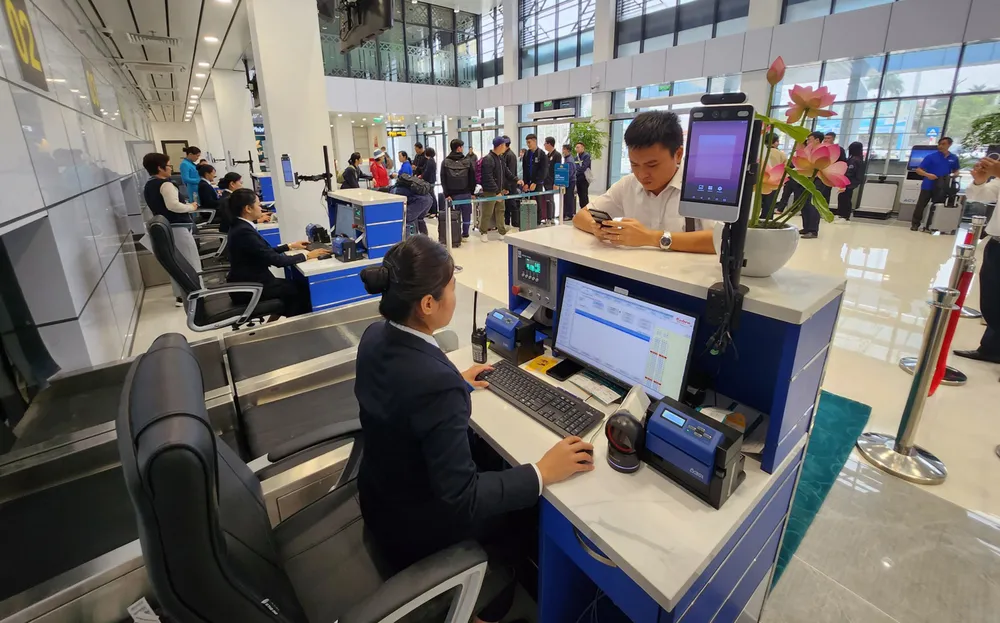
The international terminal area of the airport is often locked, the counters are unmanned, and the lights are off. On the ground floor, some food service counters have been invested in, but no unit has registered to exploit them. Mr. Ha Vu Son, Director of the Department of Industry and Trade of Can Tho City, said that the airport's low efficiency has caused many development opportunities for Can Tho City and the Mekong Delta to be lost, in which the "smokeless industry" suffers the most.
Located in the southernmost part of the country, Ca Mau airport is expected to be an important "link" to promote the development of Ca Mau province and neighboring localities, especially in the context of the lack of wide connection of road and waterway infrastructure in this area. However, the efficiency of this airport is not as expected. As a level 3C airport, in the past, Ca Mau airport only operated 1 flight route from Ca Mau to Ho Chi Minh City and vice versa, with a frequency of 7 round trips/week, the average seat coefficient is about 80%. Due to the low number of passengers, at times, the flight operator had to reduce the number of flights to 4 round trips/week.
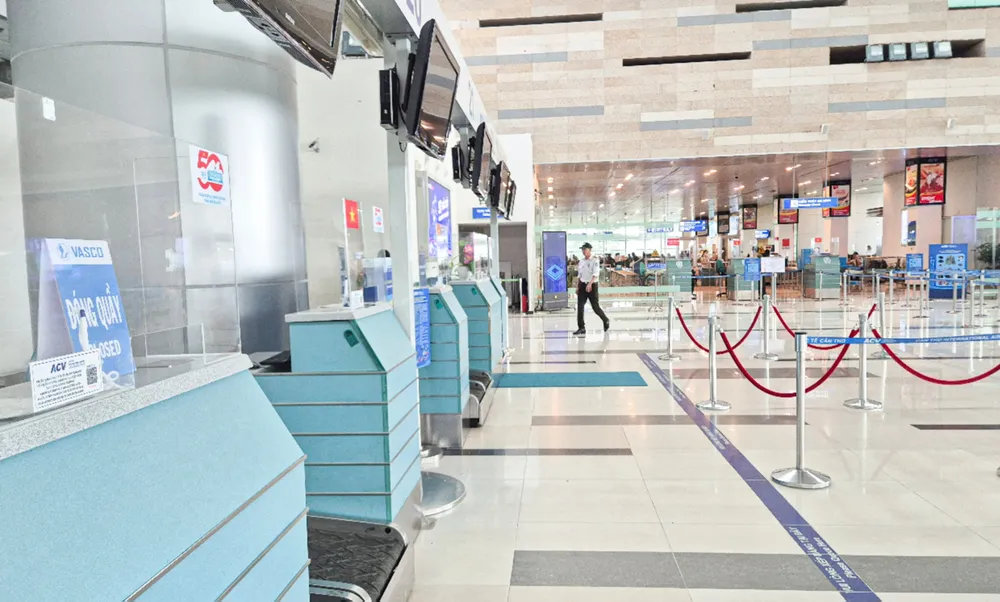
According to the Vietnam Airports Corporation (ACV), there are currently 22 airports in operation nationwide, including 9 international airports and 13 domestic airports. The total number of passengers passing through 21 airports managed by ACV in 2024 is 109 million. Of which, the 5 largest airports account for more than 86% of traffic. The remaining airports such as Rach Gia, Ca Mau, Dien Bien still have less than 100,000 passengers, less than 20% of the designed capacity; airports such as Chu Lai, Tuy Hoa, Dong Hoi, and even Phu Bai, have been operating at less than 40% of their capacity for a long time, with unstable domestic routes and not enough to stimulate regional development. Also according to ACV, there are currently only 15 profitable airports, the remaining 6 airports are still at a loss. Mr. Nguyen Duc Kien, former Head of the Economic Advisory Group for the Prime Minister, said that this calculation is only based on the financial revenue and expenditure of the civil part, not including the investment cost for repairing the airport area. If calculated in general, only the 4 busiest airports, Tan Son Nhat, Noi Bai, Da Nang, Cam Ranh, are profitable, the remaining 17 airports belonging to ACV and Van Don airport are all at a loss.
According to ACV, 6 airports are making a profit: Noi Bai, Tan Son Nhat, Phu Quoc, Lien Khuong, Da Nang and Cam Ranh; 4 airports are breaking even: Cat Bi, Con Dao, Thanh Hoa and Buon Ma Thuot and 11 airports are making losses.
Find new development space
According to the plan, by 2030, Vietnam will have 30 airports, including 14 international airports and 16 domestic airports, with a total investment capital requirement of about 443,000 billion VND. By 2050, Vietnam will have 33 airports, with the number of international airports remaining the same and 3 more domestic airports. Immediately after the plan was made, the Ministry of Transport (now the Ministry of Construction) had a plan to mobilize resources for implementation. However, to date, the merger of localities has led to changes in the development space for many fields, including aviation.
Mr. Tran Ngoc Chinh, Chairman of the Vietnam Urban Planning Association, said that the arrangement of provinces and cities not only changes the administrative map but also opens up "regional development space", opening up opportunities to reorganize the infrastructure system in the direction of connection - sharing - cost optimization. A complete transportation network, in which the airport network is built in an optimal way, will help connect trade and transportation to become convenient and effective, becoming a strong driving force for localities to take off. Sharing the same view, Dr. Dao Huy Hoang, Institute of Construction Science and Technology, commented: "The merger of provinces and cities creates new attractive regions. Transportation, especially the airport system, needs to be re-planned in the direction of expanding scale, creating a multi-polar development connection axis".
For example, after merging with Soc Trang and Hau Giang, Can Tho City has established its role as a dynamic growth pole in the center of the Southwest sub-region. With an area of over 6,300 km2 and a population of over 4 million people, Can Tho City has all types of transportation: waterways, highways, national highways, airports, seaports, and in the near future, railways (HCMC - Can Tho). Chairman of Can Tho City People's Committee Tran Van Lau said that in the coming time, the city must focus on solving problems to improve the efficiency of Can Tho airport's operations. In the immediate future, the locality will have solutions to create attractiveness in investment and tourism development; organize connections between river tourism chains with neighboring localities, creating attraction for the "smokeless industry". At the same time, provincial leaders will work with Can Tho airport to remove difficulties in its long-standing operations.
However, experts also warn that the merger of provinces and cities is posing significant problems for airport planning and development. First of all, it is necessary to deal with the previously established plans of each locality: the merger of cumbersome administrative apparatuses requires time to stabilize and adapt, not to mention that the merger can lead to a "separatist" mindset in development despite the merger, or scattered investment without focus, missing out on potential projects or wasting resources.
The merger of provinces and cities is a major policy decision with great potential in reshaping the development space and optimizing the transport infrastructure system in general and airports in particular. However, to turn expectations into reality, the Government, ministries, branches and localities need to effectively address challenges in planning, institutions and management. In the immediate future, management agencies need to help "out of sync" airports catch up with growth, before new airports come into operation.
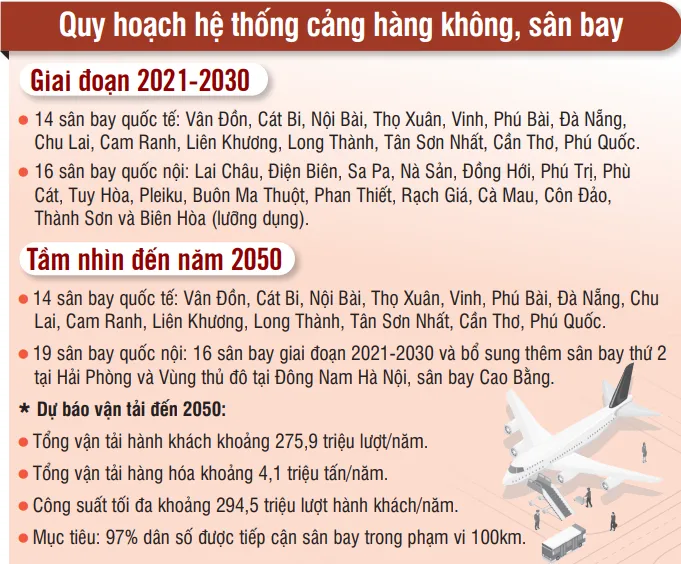
Source: https://www.sggp.org.vn/tu-dia-gioi-hanh-chinh-den-quy-hoach-bau-troi-bai-1-nhung-san-bay-lac-nhip-post810003.html



![[Photo] Closing ceremony of the 18th Congress of Hanoi Party Committee](https://vphoto.vietnam.vn/thumb/1200x675/vietnam/resource/IMAGE/2025/10/17/1760704850107_ndo_br_1-jpg.webp)






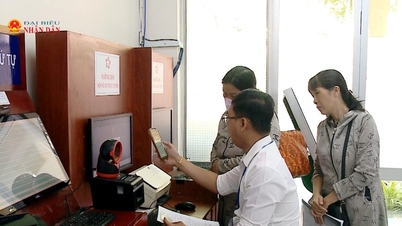

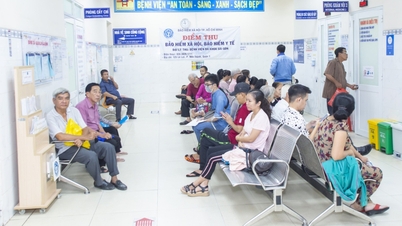




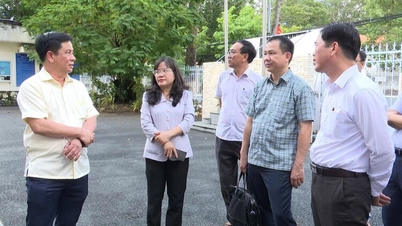

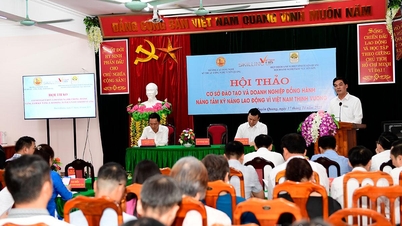




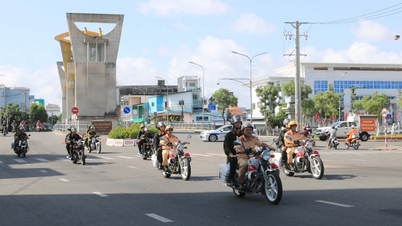











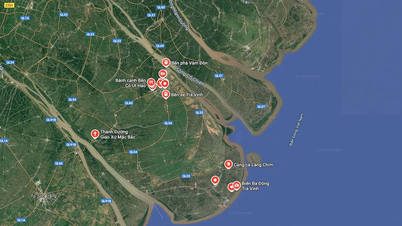



![[Photo] Nhan Dan Newspaper launches “Fatherland in the Heart: The Concert Film”](https://vphoto.vietnam.vn/thumb/1200x675/vietnam/resource/IMAGE/2025/10/16/1760622132545_thiet-ke-chua-co-ten-36-png.webp)





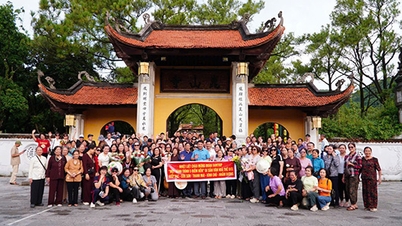







































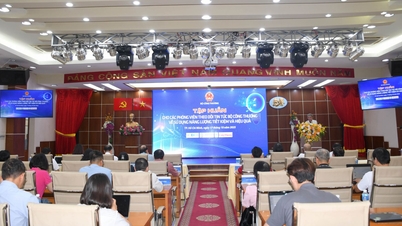



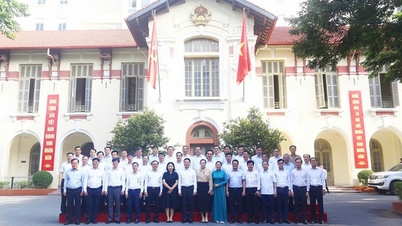

















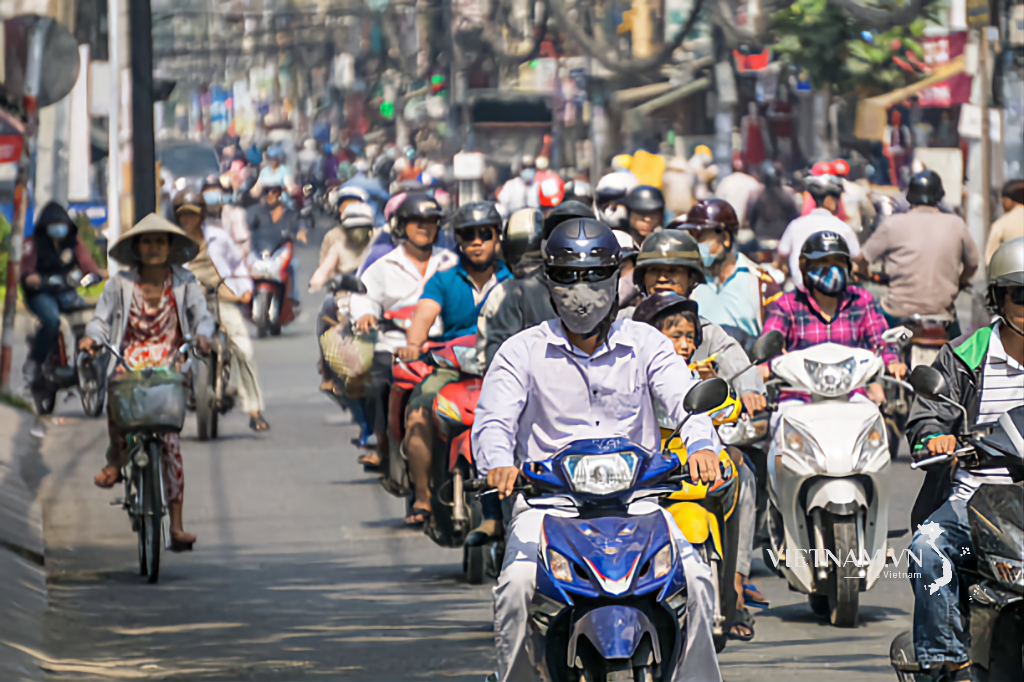



Comment (0)